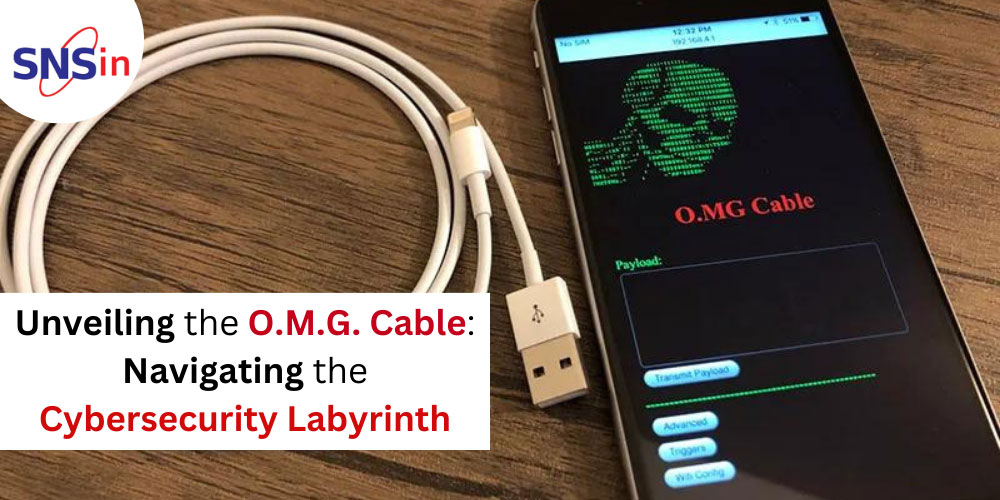What is an Application Layer?
Application Layer is the top most layer of the Open Systems Interconnection (OSI) model. This layer manages communication between different software applications and services.
Application layer attacks are a type of cyberattack that specifically targets the application layer. Cybercriminals exploit vulnerabilities in these applications and services to compromise data, disrupt operations, or gain unauthorized access.
Risks of Application Layer Attacks
Web apps are becoming more sophisticated, offering businesses with vital capabilities and enhanced efficiency. These web apps have become critical components of the IT stack. Also, they have also exposed enterprises to new security risks.
Application Layer Attacks such as DDoS, SYN flood attacks to SQL injections & Cross-site scripting (XSS), are evolving and becoming more sophisticated. Cybercriminals are employing application layer attacks to steal data, bring down networks, disrupt operations, and extort money from corporations.
Organizations must rise to the occasion to cyber defend themselves. They must be dynamic in responding to any evolving attacks. Organizations must deploy appropriate solutions to cyber defend against such threats.
What are the types of Application Layer Attacks?
- Distributed Denial of Service (DDoS) Attacks – DDoS attacks target the application layer by overwhelming web servers with traffic, causing downtime and service disruptions.
- BGP Hijacking – Cybercriminals use BGP (Border Gateway Protocol) hijacking to deliberately reroute web traffic by falsely claiming control of groups of IP addresses. This enables cybercriminals to monitor or intercept traffic, spoof real IP addresses to spam, or redirect traffic to bogus websites in order to steal passwords.
- SQL Injection (SQLi) Attacks – It involves injecting malicious SQL code into input fields of web apps to gain unauthorized access to databases or steal credentials.
- Slowloris Attacks – This DDoS attack opens as many connections as possible between a single system and a targeted web server using partial HTTP requests. Thus, ending up flooding the target and causing it to slow down or deny service to valid requests.
- Cross-Site Scripting (XSS) Attacks – In XSS attacks, malicious scripts are injected into web pages viewed by other users. It leads to session hijacking, data theft, or browser exploitation.
- Slow Read Attacks – It is also a DDoS attack where the cybercriminals send an HTTP request to a server and then read the answer very slowly. The hacker stalls an idle connection timeout by reading the response slowly, like one byte at a time.
- HTTP Flood Attacks – It is a type of DDoS attack that targets web servers or web apps. A large volume of HTTP requests is sent to a target server in a short span of time, overwhelming the server’s resources and causing it to become slow or unresponsive to legitimate user requests.
- Cross-Site Request Forgery (CSRF) – CSRF attacks trick users into executing unwanted actions on different websites without their knowledge, leading to unauthorized transactions or data changes.
- Low and Slow Attacks – It is also a DDoS attack that uses extremely sluggish HTTP or TCP traffic to disrupt web services. Cybercriminals use this to infiltrate systems, gather data, or carry out attacks without triggering suspicion as they look like usual web traffic.
- Large Payload Post Attacks or Oversize Payload Attacks – It is a HTTP DDoS attack where the cybercriminal leverages the XML encoding used by web servers. A website is delivered an XML-encoded data structure, which the server attempts to decode but is forced to consume an excessive amount of RAM, overloading the system and crashing the service.
- Zero-Day Exploits – These attacks leverage undiscovered software vulnerabilities, posing a significant threat as there are no official patches available.
- Mimicked User Browsing Attacks – Botnets pose as normal users attempting to access a website in a Mimicked User Browsing DDoS attack. A large enough number of these bots will eventually flood the target website, forcing it to crash or making legit traffic impossible to pass through.
- API Attacks – APIs are targeted to manipulate or extract sensitive data, disrupt services, or exploit integration vulnerabilities.
How to Protect Businesses from Application Layer Attacks?
Patch Management
Keep all software apps, web servers and databases, up to date. It is mandatory to apply security patches to mitigate known vulnerabilities.
Implementing Web Application Firewalls (WAFs)
WAFs are specialized security solutions designed for the following:
- filtering and monitoring incoming web traffic;
- identifying and blocking suspicious or malicious requests before they reach the apps.
Deploying Strong Access Controls
Businesses must implement stringent access controls and user authentication mechanisms to restrict access to sensitive data.
Input Validation
Developers should follow secure coding practices, validating and sanitizing user inputs to prevent SQL injection and XSS vulnerabilities.
Cybersecurity Awareness Trainings to Employees
Businesses must be open to educate the employees by providing cybersecurity awareness. It is beneficial to train them to recognize social engineering lures, phishing emails etc.
Monitoring Network Traffic
Businesses must implement network monitoring tools and Intrusion Detection Systems (IDS) to detect unusual or suspicious patterns in network traffic. It is also mandatory to investigate and respond to any such anomalies.
Conducting Security Audits
Businesses must conduct regular security audits and penetration testing to identify vulnerabilities and weaknesses in the apps and systems.
Potent Incident Response Plan
Businesses must develop a comprehensive incident response plan that outlines steps to take in the event of a security breach.
Wrap Up
Security is an ongoing process, and staying vigilant is key to maintaining a strong defense against evolving cyber threats. Protecting businesses against application layer attacks is critical.
Application developers should follow best practices for input validation, data encoding, and access controls to minimize the risk of vulnerabilities. Businesses must be open to implementing potent security solutions & see it as an investment and not an expense.
About SNS : Collaborate with Secure Network Solutions (SNS) for deploying robust Web Application Firewalls (WAFs), Intrusion Detection Systems (IDS), Email & Web Security Gateway, VAPT Solutions to detect and mitigate application layer attacks in real-time. Write to us at [email protected]
Swathi
Author
Working IT professional and a Cyber Security enthusiast. Passionate to write about Cyber Security topics and Solutions. I share my insights as I study articles and trending topics in the field of Cyber Security.
![]()



